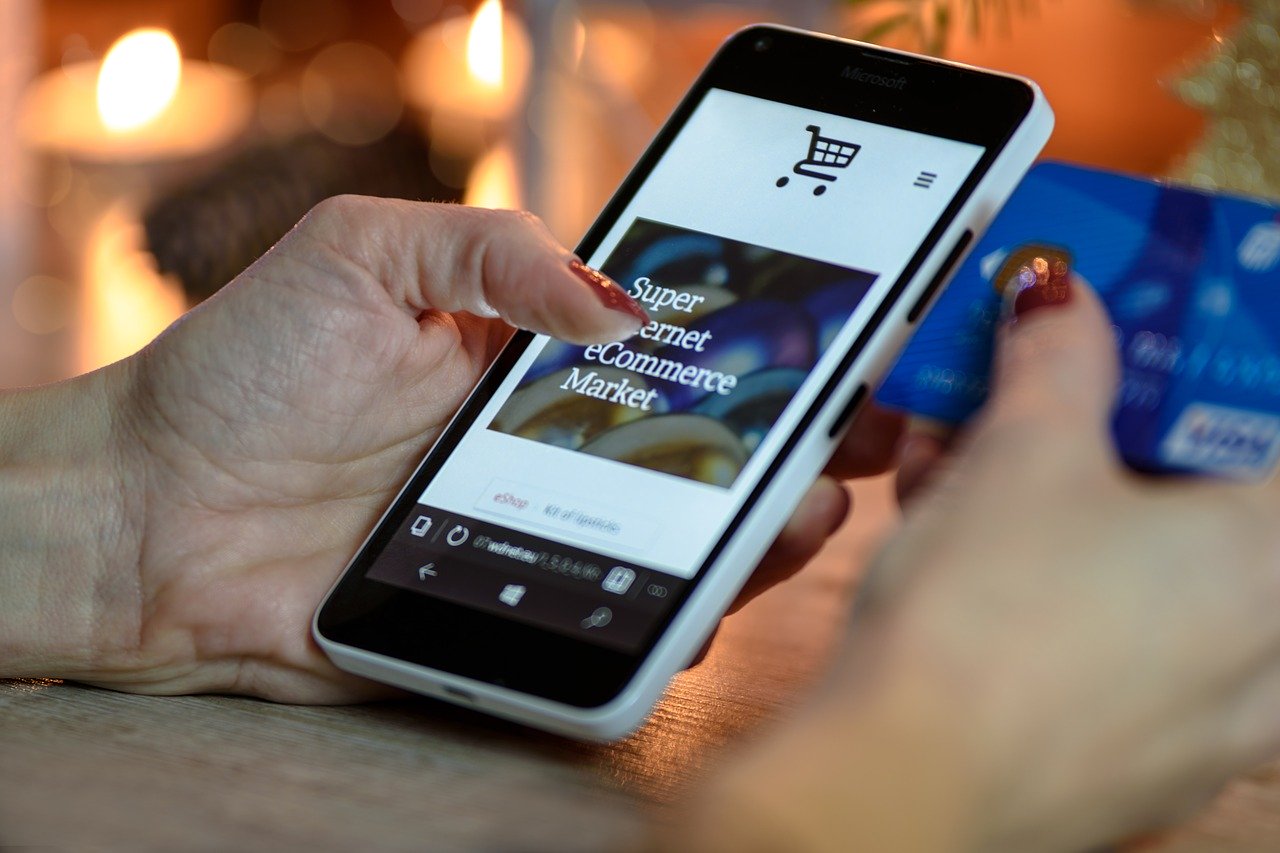
There Are No Shortcuts to Win a Chargeback, But These 9 Tips Will Help

As a merchant, you’d be glad to know that it’s possible to win a chargeback dispute, although there are no shortcuts to doing it. Here are a few tips to help you get started:
1 – Implement a strong record keeping system.
Here’s the thing; you can never win a chargeback dispute if you don’t have the evidence to back up your claim that the transaction was legitimate. This is when it really counts to maintain a strong record keeping system that keeps tabs on all your transactions.
Customers should also get automated invoices and confirmation emails after every purchase and you should send out follow-up emails with tracking details.
Also ask for a signature to confirm the delivery of each item because this will help you prove that the product was shipped giving you a better chance at winning the dispute.
2 – Be clear with your product descriptions.
According to the Merchants Council, most chargebacks stem from a consumer’s dissatisfaction of the product or services. This is why it’s very important to provide detailed product descriptions that don’t make any false claims to avoid disappointments.
It would also be wise to have a confirmation icon at checkout to let consumers acknowledge their understanding of your product descriptions and store policies. The trick here is to give more advanced notices to consumers to protect yourself from fraudulent chargebacks.
3 – Learn about reason codes.
Each chargeback filed against you will be given a reason code, which will help you determine why the consumer filed the dispute in the first place.
Card networks use different reason code systems so check the card used for the transaction to know which reason codes you should refer to. If you should win a chargeback dispute, study carefully if the reason code is one that’s mostly abused or something unique so you could make the proper preparations.
4 – Be quick to write rebuttal letters.
Whenever a consumer files a chargeback against you, it has to be responded with a dispute and rebuttal letter. These letters differ depending on the network you’re dealing with so make sure to learn about different debit or credit card chargeback rebuttal letters.
5 – Be vigilant with fraud.
Finally, although the goal of chargebacks is to give consumers the chance to exercise their rights, some use this method as “friendly fraud” where they buy products, use them for a time and then report dissatisfaction so they could get their money back.
As a business, you have to be extra vigilant with these fraudulent activities, especially if the cardholder has several chargeback issues in the past. If you suspect any red flags with a chargeback, let the bank know about it so they could investigate further.
If things get worse where a consumer already gets a refund yet still attempts to win a chargeback, you may need to report the issue to the police.
6 – Find out what happened by direct contact
Communicate directly with the customer to find out the situation. The customer may have forgotten the purchase, that he does not remember the company name or simply that he has regretted making it.
7 – Negotiate customer-friendly purchase options
If the customer refuses the purchase, it is possible to negotiate with other options, such as sales, product exchanges, and even returns or refunds, which prevents the claim for a chargeback.
8 – In case of refusal, negotiate with the bank
If the customer persists in denying the purchase, it is necessary to go to the bank to prove with documents that the purchase was correct, so the chargeback does not apply and the collection must be made in a normal way.
9 – Initiate the process before the process begins
The regulations set a deadline for making claims and responding to them. The client has 90 days to claim and the bank up to 30 days to respond. The company must present its documents within that period; otherwise, it will be considered that it refuses to respond to the claim.
A Resource To Avoid Fraud

However, on many occasions, this chargeback occurs in cases of sales made legally, for which there is documentation in order. There are also reported cases of buyers who, after receiving the product, deny having made the purchase.
Avoid Future Issues
Keeping all the documents of purchase, communicating with the client and, if necessary, defending before the bank are avenues to respond to a chargeback, a situation that can put the company at risk by being placed as a suspect in fraudulent charges.
Find a high risk merchant account provider that can walk you through this. And find more chargeback prevention tips.
I am passionate about delivering results and helping my clients succeed. With my expertise in SEO, branding, and marketing, I lead the agency’s efforts to create and implement effective strategies that drive business growth. Our all-inclusive approach sets us apart from other digital media companies and ensures that our clients receive the full range of services they need for online success. If you can think of it, we can build it!
Zulu Shack Creative team members thrive on momentum. Like Zulu warriors, we strive to spearhead your idea with speed and quality.
When I’m not helping my team implement new digital marketing strategies, I enjoy playing music, hosting poker nights, reading Stephen King novels, and spending time with my wife and baby daughter.
No Comments
Sorry, the comment form is closed at this time.



